Let's go back to basics, here.
If the temperature difference between the fish tank and the chiller tank settles down to about 2 degrees, that says the flow is slow enough and the thermal conductivity of the vinyl hose is good enough to sustain that low difference. You don't need metal tubing unless you want to increase the flow rate substantially.
What about the 20 degree plus difference between the freezer walls and the chiller tank? The temperature difference, under stable equilibrium conditions, is a measure of the thermal resistance of the air gap, just as the 2 degrees measures the losses across the tube boundary (and in the external plumbing).
Tape a probe with a foam cover to the coldest wall of the freezer. If it is nearly the same as the chiller tank temp, then it isn't worth trying to fix the conductivity, there, and the freezer is working at full capacity.
Basically, you need to measure all temperature drops and get them each as low as possible. When the freezer's walls and the fish tank stabilize at nearly at the same temperature (+ a few degrees), you have reached good efficiency and only a larger freezer (or external heat-sink fins) can do any more. Any big temperature differences anywhere between freezer inner wall and fish tank represent a loss that is reducing the efficiency of the system.
Use a bit of alcohol (isopropyl rubbing alcohol is very cheap, ethanol has less aroma) to stop freezing in the freezer compartment. That was a great suggestion, for the ice is a good thermal insulator and you want none on the freezer walls to insulate the freezer's coils from the chiller tank water and certainly none in the chiller tank. Thermal convection should be all the pumping you need if solid ice cannot form. [Slush is probably OK, but IDK.]
Wright
01 760 872-3995
805 Valley West Circle
Bishop, CA 93514 USA




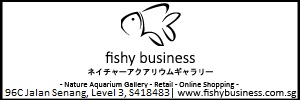





 Reply With Quote
Reply With Quote


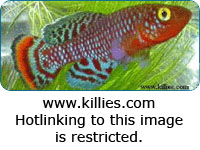
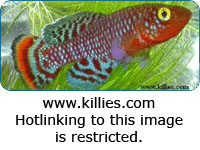
 . Here's a picture of my chiller tank with the powerhead installed.
. Here's a picture of my chiller tank with the powerhead installed.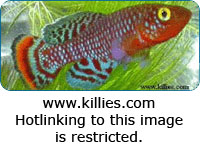

 you got me there, Wright.
you got me there, Wright.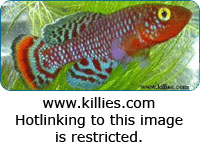
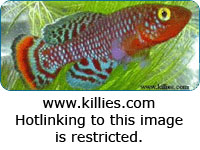
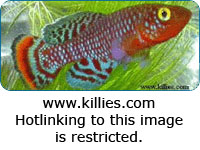
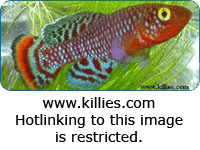
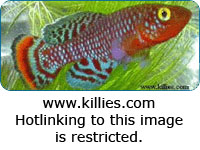

Bookmarks